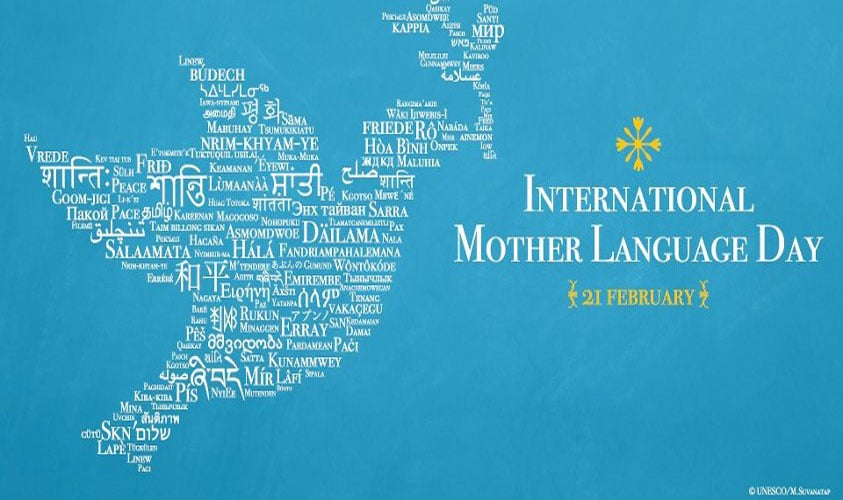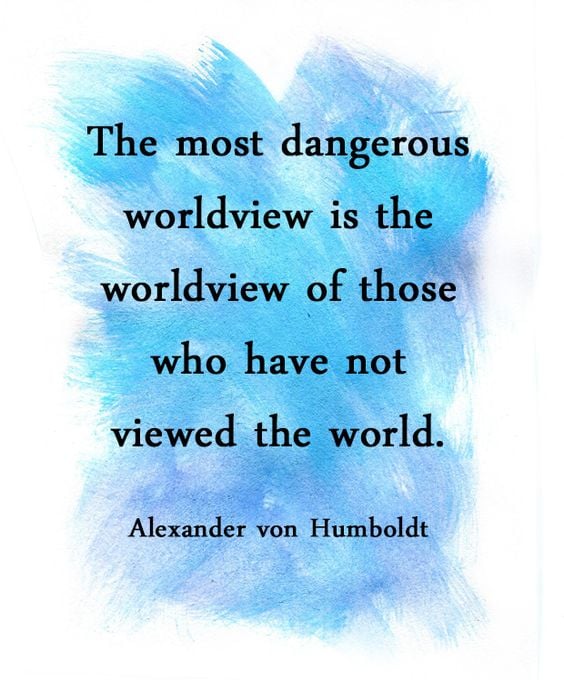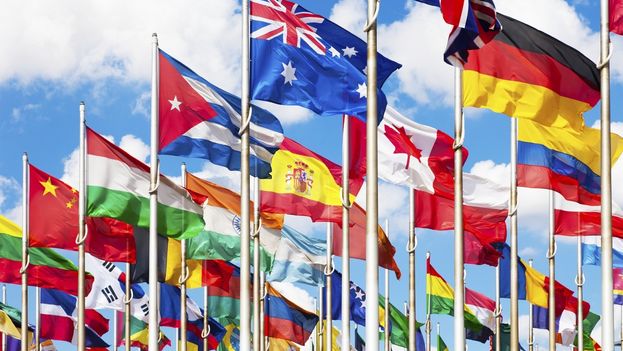Today is International Mother Language Day. Established by UNESCO in 1999, and formally recognised by the UN General Assembly in 2008, International Mother Tongue Language Day functions to promote awareness of linguistic and cultural diversity and multilingualism. For UNESCO, such awareness positively contributes to global citizenship, enabling our learners to play an active role in both local and global arenas to address global challenges and, ultimately, contribute proactively in creating a more just, peaceful, tolerant, inclusive, secure and sustainable world.
If nothing less, today should be a reminder about the importance of mother tongue or mother languages. It might be a trite thing to say but for our learners, regardless as to whether they are in an international school or a national school, language is important. It is the means by which our learners express themselves. A learner in Grade 1 has the same experience with language as a learner in Grade 10; language structures their thoughts and identities.
Facilitating a learning environment that supports, or incorporates, a learner’s mother tongue is complicated. It can be ‘messy’ but there are benefits:
- There is an emphasis on the quality of teaching and learning with a focus on understanding and creativity. The teacher has to ensure that what is going on in the classroom will promote understanding (of whatever content or concepts are being taught).
- There is a reinforcement of the cognitive aspect of learning because facilitating a learning environment that supports a learner’s mother tongue ensures the direct application of learning outcomes to the learner’s life through the mother tongue. There is an authentic understanding that takes place about whatever it is that is being taught.
- An enhanced dialogue and interaction between learner and teacher is allowed to take place. Promoting a “mother tongue friendly” environment from the very first day of classes allows genuine communication from the beginning. The learner sees the teacher as taking an interest in their cultural heritage and the teacher has a better capacity for reaching the student.
- It facilitates participation and action in society and gives access to new knowledge and cultural expressions, thus ensuring a harmonious interaction between the global and the local.

Mandela’s quote on language and the difference between understanding and meaning is an appropriate endpoint to this (very) brief exposition on mother tongue and International Mother Language Day. Celebrating the diversity in language heritages in one’s classroom or school may contribute to creating an environment whereby learning takes place, opportunities for communication and interaction exist, and global-mindedness is fostered. These are good things. I want to posit that ensuring that the diversity in languages in one’s classroom or school is meshed into pedagogical practice might well take things further. Rather than just going through the motions of learning and interacting in different contexts, hearing what one is to learn in one’s own language (even if it is just key concepts) could encourage a sense of ownership of the learning process. As we seek greater degrees of global citizenship and international-mindedness, having individual learners take on the ownership of the processes that seeks to promote these concepts cannot be a bad thing.
If you are interested, you can find out more about this year’s International Mother Tongue Language Day here.


